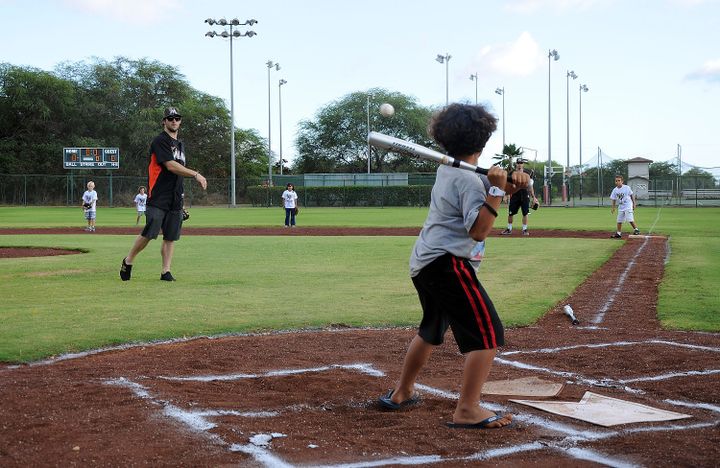
There seems to be a perception that all these screens around us discourage physical activity in children. How do we turn that around? What if we were to use the screens themselves to affect change? It's something that several companies are considering, as groups such as the World Health Organization put out a call to get children moving more often.
There are no lack of fitness-oriented games available for consoles such as Nintendo Wii, Microsoft Xbox or Sony Playstation. Pop in a copy of Dance Dance Revolution, Just Dance or a fitness program and the problem should be reduced, right? Or at the very least, encourage the child to get moving using a Fitbit or similar device that shows how much you're moving around.
“Monitoring and feedback is probably one of the best uses of technology for physical activity,” said Gavin Sandercock, director of the Centre for Sports and Exercise Science at the University of Essex, in an interview with The Guardian. “When we do studies and give someone an accelerometer, they instantly become more active. There are also some great activity-encouraging devices, like Leap Band for pre-schools, where you can earn points and jewels for doing different physical activities.”
In an era of computer games where we are so used to accumulating rewards on Candy Crush or similar games, at first glance the approach makes sense. Children love achieveable goals and seeing tangible results quickly, such as a gold star or levelling-up in a game that they enjoy. If they truly love video games, trying to replicate the experience in the real world is a start.
But here's the question -- is it enough? The truth about physical exercise is we all need to do it. But, we all need to do it differently. Maybe you have bad joints and need to do swimming or biking instead of running. Maybe you prefer playing in groups, so a volleyball practice is of more use than figuring out how to motivate yourself for a solo yoga session in front of a computer. The same goes for kids.
Here's another thing as well; physical activity in kids is often linked very closely to expensive sports such as hockey or football. How many of us continue these activities as adults, even recreationally? We can track these activities all we like by technology, but the truth is it still may not lay the foundation for lifetime fitness.
The approach you take with your child should vary depending on his or her personality and interests. But, a couple of things to keep in mind. The best way to encourage a child to do something is often to lead by example. If you want the chlid to eat healthily, make sure you emphasize vegetables on your own plate. If you want the child to get moving, put on your running shoes or get on a bike and do some exercise yourself.
Tracking is an idea to help your child get off the couch, but in the long run, picking a sustainable activity that they enjoy is probably better. It could even be as simple as taking a walk, stretching in the park or something that is low-key and lifestyle related. Big changes often begin through small moves such as walking a little more, taking the stairs instead of the elevator, or leaving the car at home for a day. Point this out to them.
There are no easy answers to solving physical activity problems, especially when parents are so stretched and overworked that it's hard to find time to exercise themselves. We've offered a few suggestions here, but surely parents and educators have other ideas about how to get children moving. What do you think?
Top image: How can adults encourage physical education in children? Credit: US Navy / Wikimedia Commons








